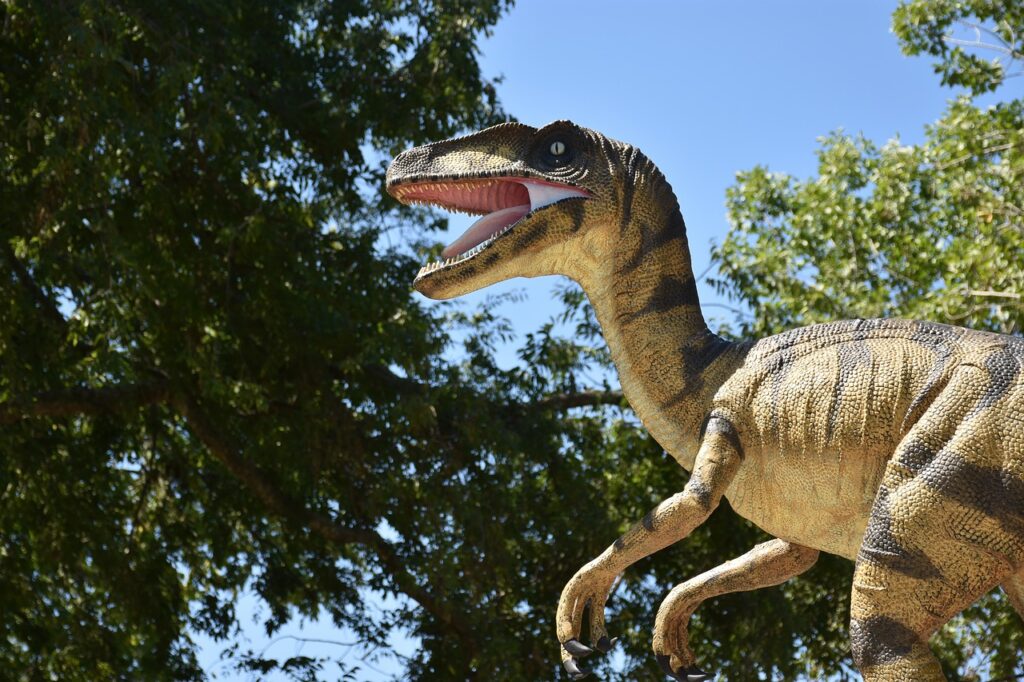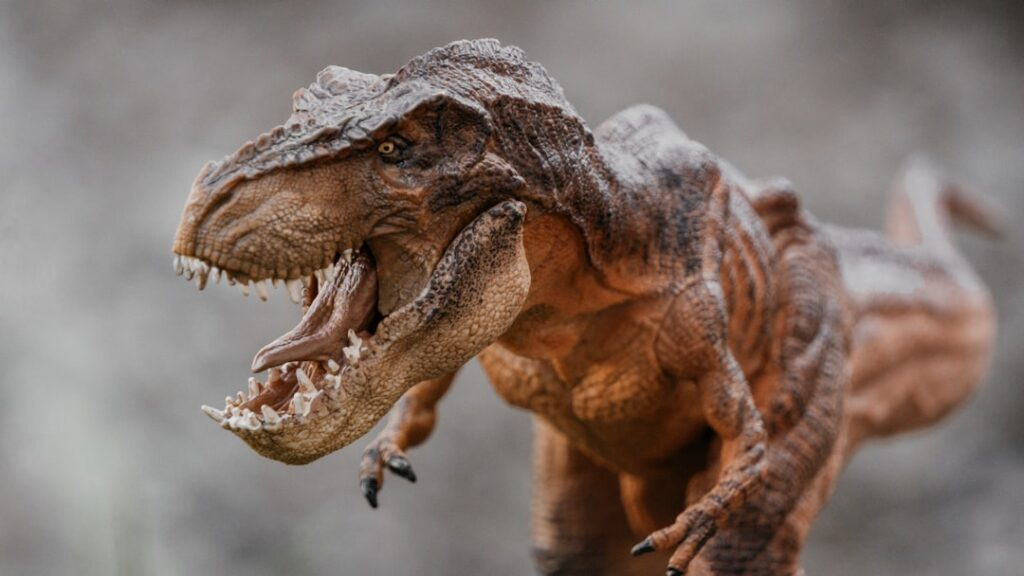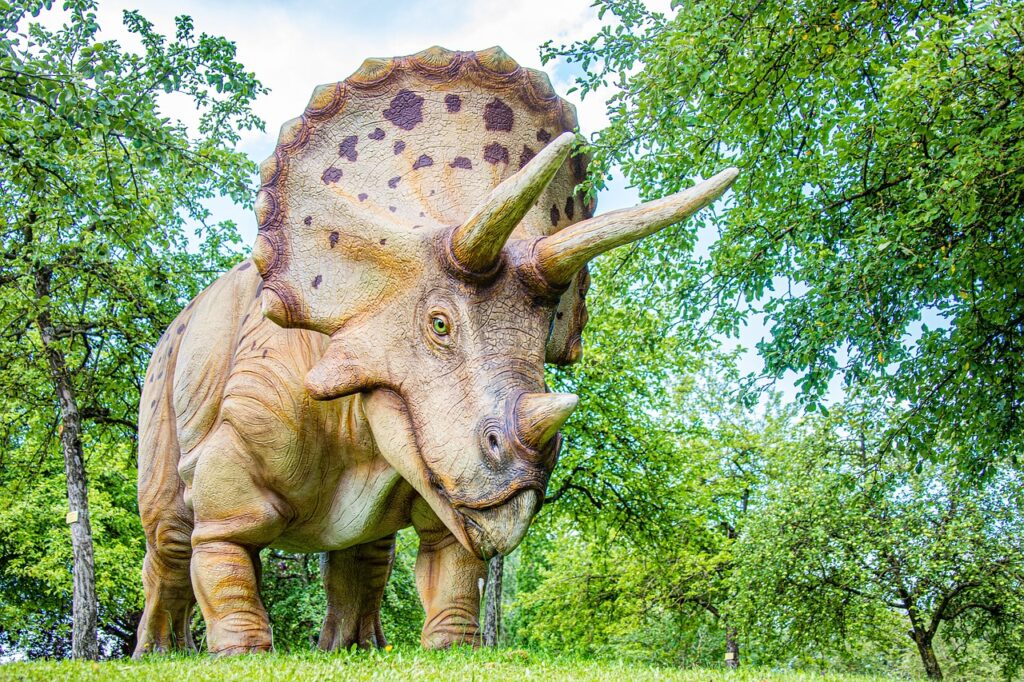Picture yourself standing in the path of a prehistoric sprinter capable of outrunning today’s fastest land animals. These ancient speed demons didn’t need fancy running shoes or protein shakes to achieve jaw-dropping velocities. They were built like biological race cars, with specialized anatomical features that would make modern athletes weep with envy.
Compsognathus was the fastest, clocking in at about 39.8 mph (64.1 km/h), according to recent biomechanical studies. Meanwhile, Troodon was among the faster , with estimated speeds of 40-50 km/h, though estimates vary between sources. These aren’t just wild guesses either – scientists use sophisticated computer models and fossil evidence to unlock the speed secrets of creatures that vanished millions of years ago. So let’s dive in and discover which prehistoric speedsters would leave even Usain Bolt eating their dust.
The Incredible Compsognathus – Tiny Tornado
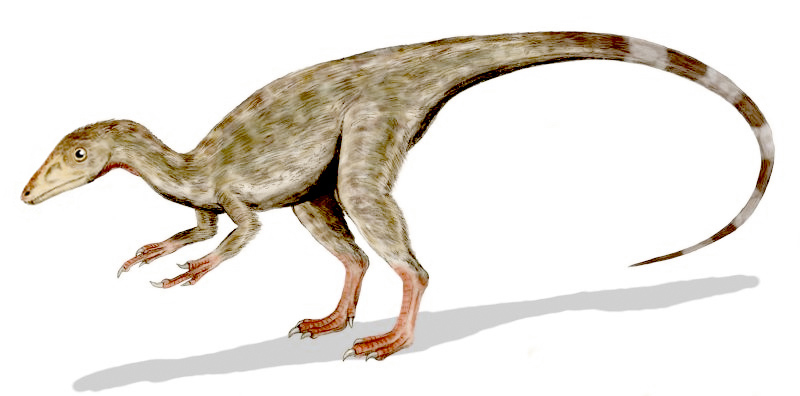
Don’t let its size fool you – this pint-sized predator was built for pure speed. Compsognathus was the smallest dinosaur, but it could run nearly 40 mph, about 5 mph faster than the computer’s estimate for the fastest living animal on two legs, the ostrich. Imagine something weighing just over six pounds moving faster than a modern ostrich!
It could run 100 meters in a little over six seconds, a speed that would leave modern Olympic athletes more than a third of the track behind. That’s Olympic-level performance from a creature that lived roughly 150 million years ago. The secret lay in its lightweight frame and proportionally massive leg muscles that functioned like biological springs.
Troodon – The Genius Speedster
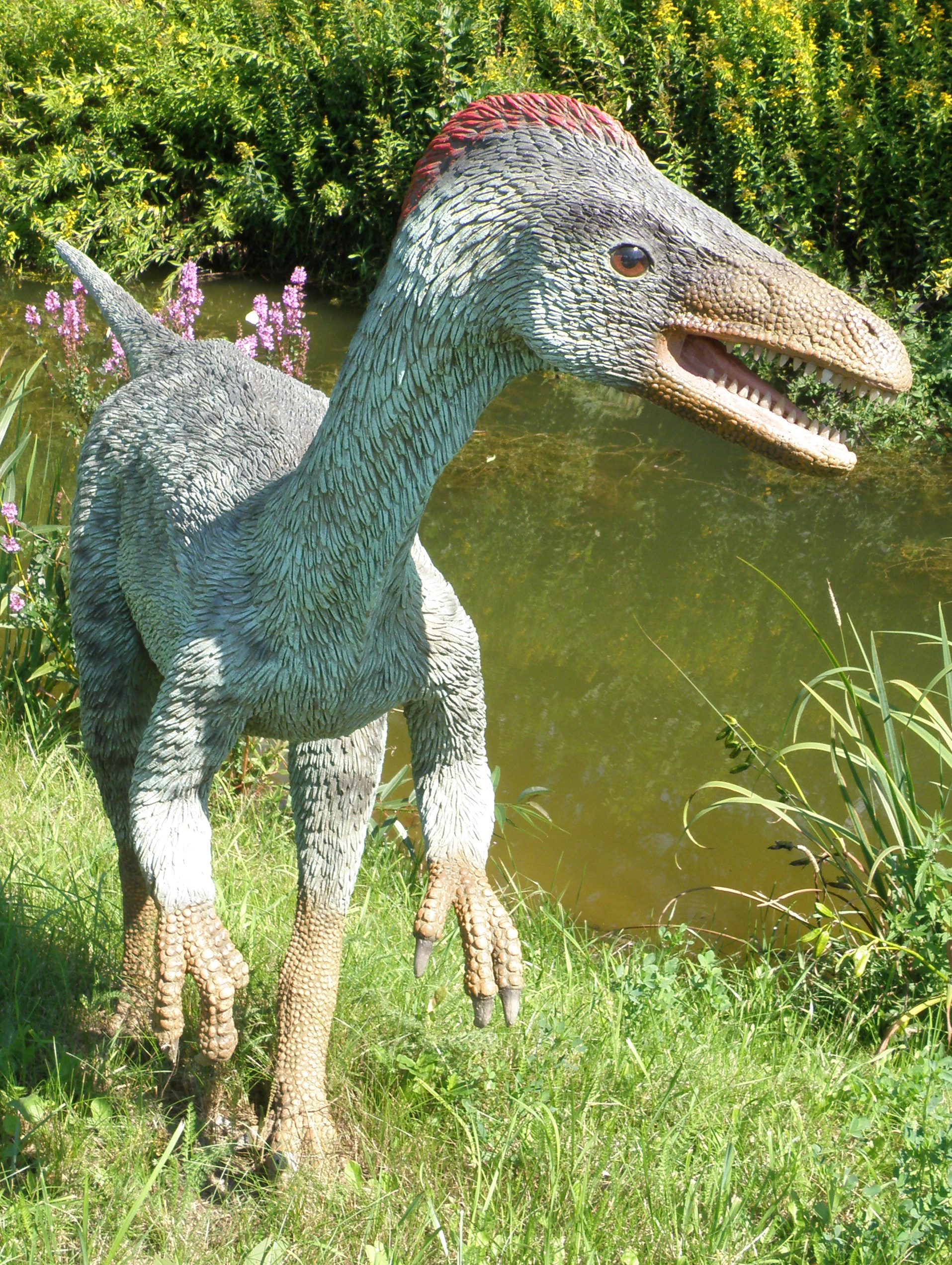
This wasn’t just any fast dinosaur – it was the Einstein of speed demons. The lightweight build – capping at 60 kg – enhances sprinting capabilities, reaching speeds of 45 km/h, though some estimates push it even higher. It could run nearly 30-40 miles per hour, making it a formidable combination of brains and blazing speed.
With a base running speed of 45 km/h, this dinosaur exhibits a unique gait that allows for quick movements through various environments. Picture a creature smart enough to set traps yet fast enough to run down any prey that escaped them. Their feet were jointed specifically for running – while it ran, the Troodon would rotate the larger middle-toe upwards to gain leverage while running on the other toes.
Gallimimus – The Prehistoric Ostrich Racer
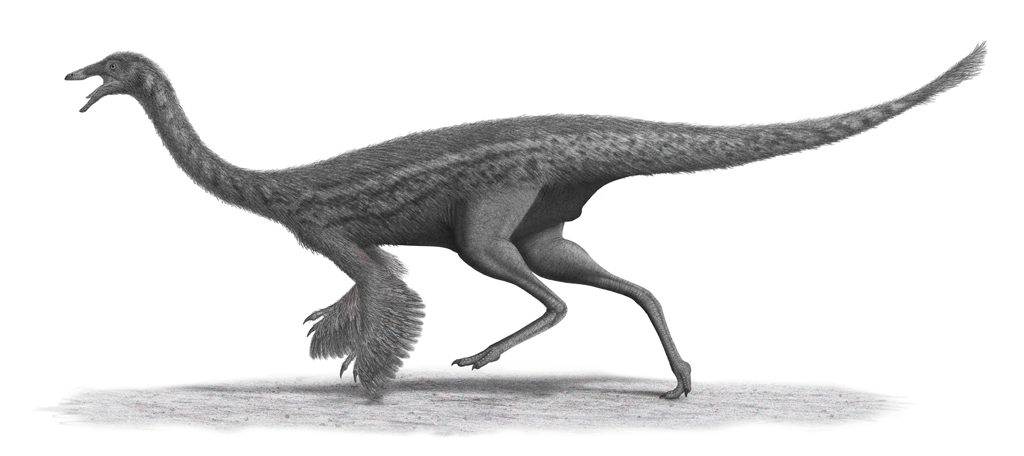
Gallimimus was among the faster dinosaurs, with an estimated top speed of around 40-50 km/h. Yet some sources suggest even more impressive capabilities. Recent estimates suggest Gallimimus could reach speeds of approximately 40-50 km/h (25-31 mph), the fastest land animal alive today.
Standing twice as tall as a human and weighing nearly half a ton, this wasn’t your average sprinter. Gallimimus is also the largest, measuring 6m in length, standing twice as tall as an adult human (about 3.6m), and weighing in at nearly half a ton (around 490kg). Its ostrich-like build featured powerful leg muscles and a streamlined body perfectly designed for high-speed escapes from hungry predators.
Velociraptor – The Overhyped Hunter
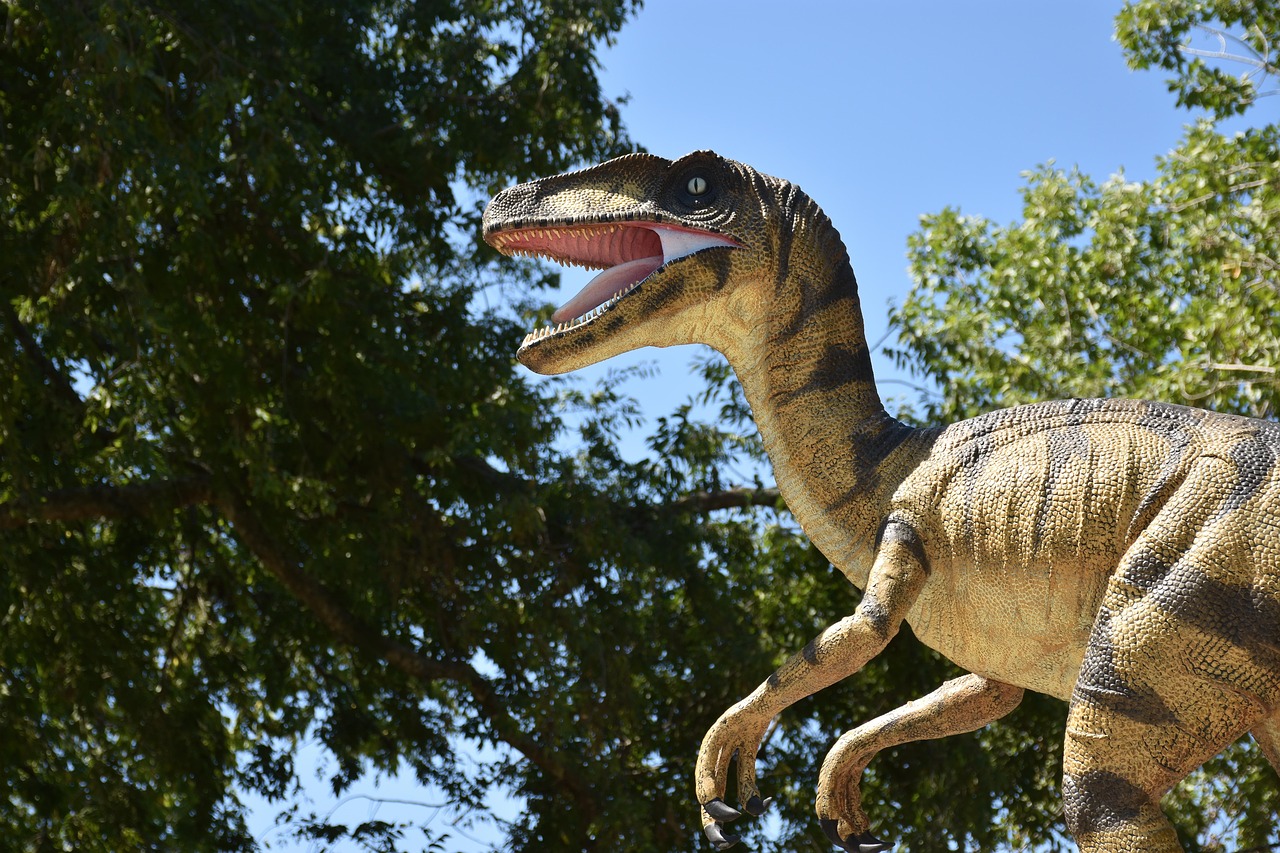
Hollywood might have exaggerated their size, but Velociraptors were genuine speed machines in their own right. Velociraptor coming in second, at about 24.1 mph (38.9 km/h) according to computer modeling studies. That’s respectable speed for a turkey-sized predator, though not quite the terrifying pursuit machine movies portrayed.
Paleontologists estimate that “The Swift Thief” could reach speeds of up to 40 km/h. Characterized by a lightweight frame, a long tail for balance, and a sickle-shaped claw on each hind foot. Their secret weapon wasn’t raw speed alone but incredible agility – they could change direction mid-sprint like a feathered missile with attitude.
Ornithomimus and Struthiomimus – The Ostrich Mimics
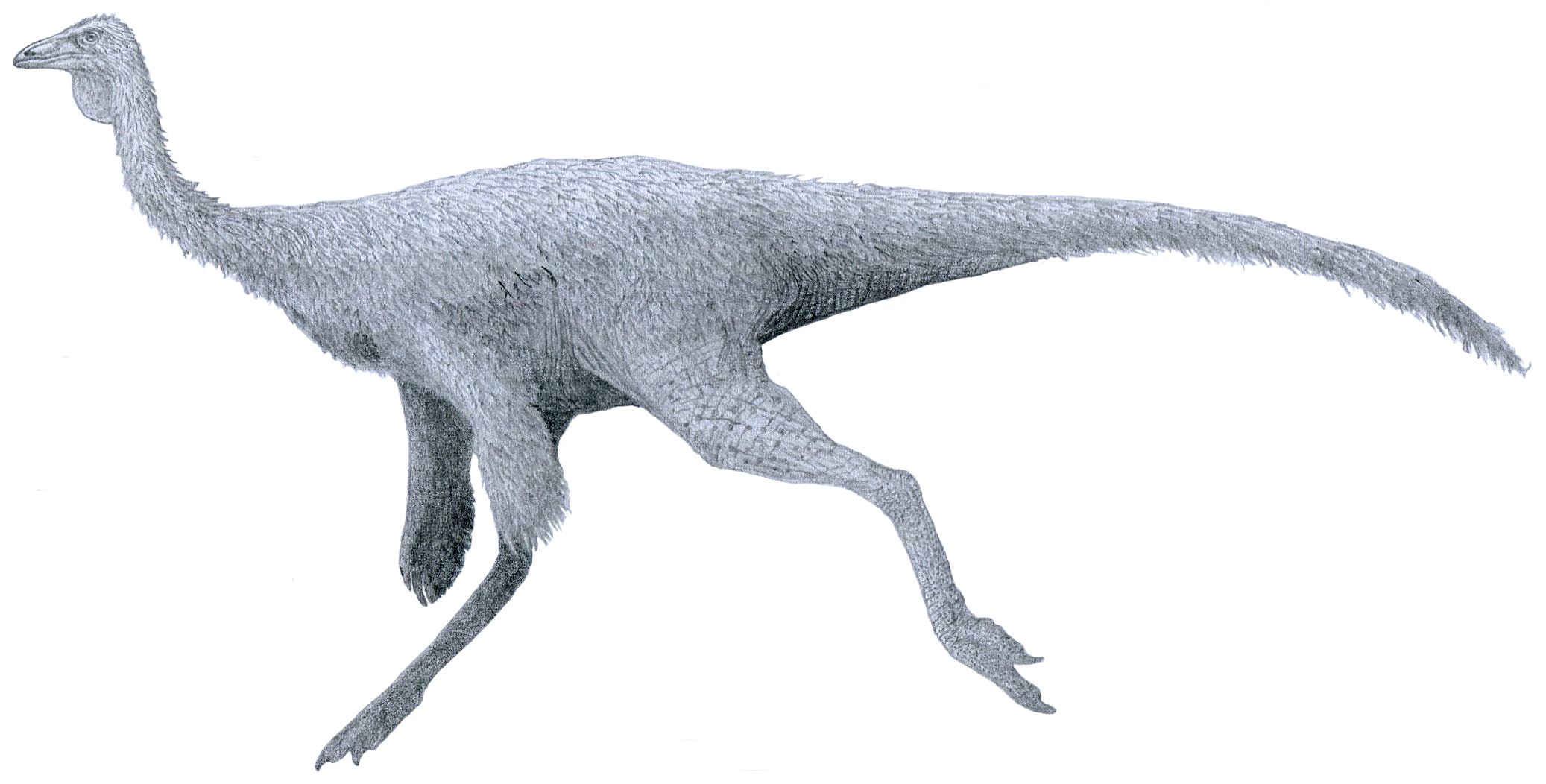
These dinosaurs took the “if you can’t beat them, copy them” approach to evolution. It has light bones and a long, rudder-like tail, which allows it to run at speeds of up to 70 km/h. Their bodies were essentially prehistoric ostriches with attitude – long legs, lightweight construction, and an uncanny resemblance to modern flightless birds.
Struthiomimus could reach an impressive feat of 50 – 80 km/h (49mph), making them serious contenders in any prehistoric sprint competition. With its slender body and strong back legs, Ornithomimus could reach a top speed of around 43 mph. It may have looked like a modern ostrich – and it would prove a match for one in a race too. These weren’t just fast – they were built for endurance running too.
Carnotaurus – The Bull-Horned Speedster
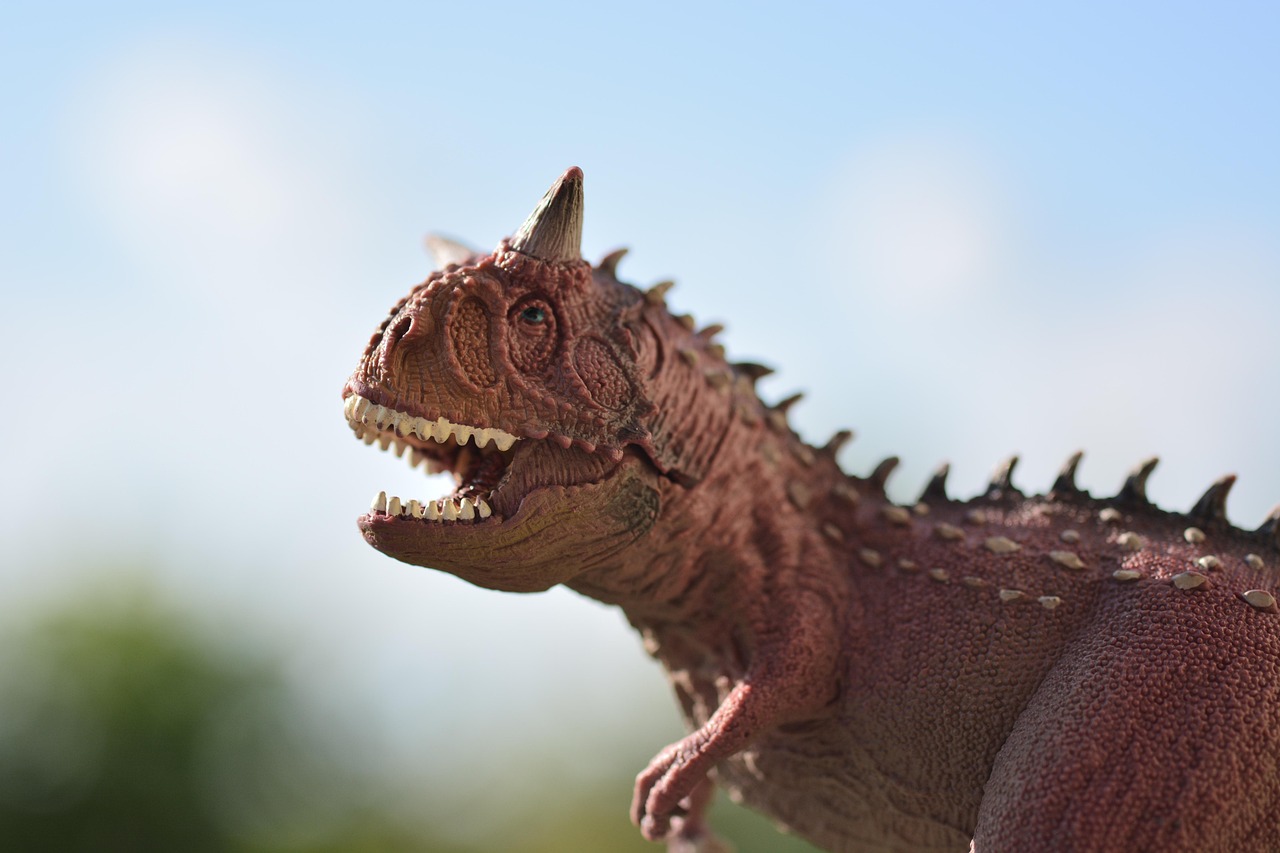
Picture a bull with legs longer than a giraffe’s and you’re getting close to understanding this bizarre speed demon. Carnotaurus, distinguished by its bull-like horns, was one of the fastest large theropods, capable of reaching speeds up to 56 km/h. Its unique body structure, especially its strong legs and stiff tail, facilitated rapid bursts of speed.
Carnotaurus had a top speed of up to 48–56 km (30–35 miles per hour). Those vestigial arms that looked utterly useless? They were actually part of the speed equation – by eliminating unnecessary weight up front, all the muscle power could focus on those tree-trunk legs. Carnotaurus had strong legs and stiff tail to facilitate bursts of speed of up to 35 mph. That’s the same pace that your average rabbit can reach.
What do you think about these prehistoric speed machines? Tell us in the comments – would you rather face a charging Carnotaurus or try to outrun a pack of Compsognathus?

